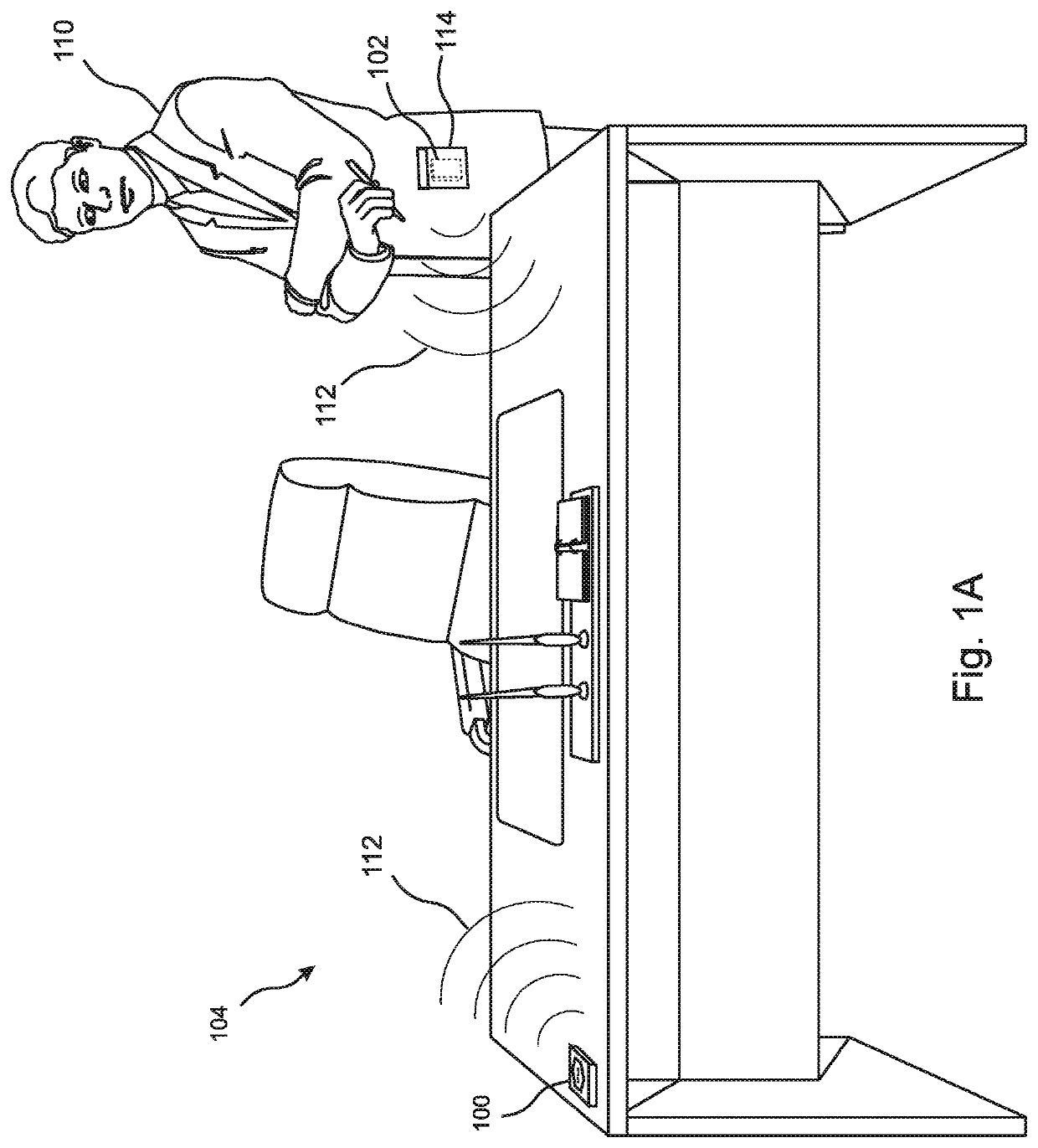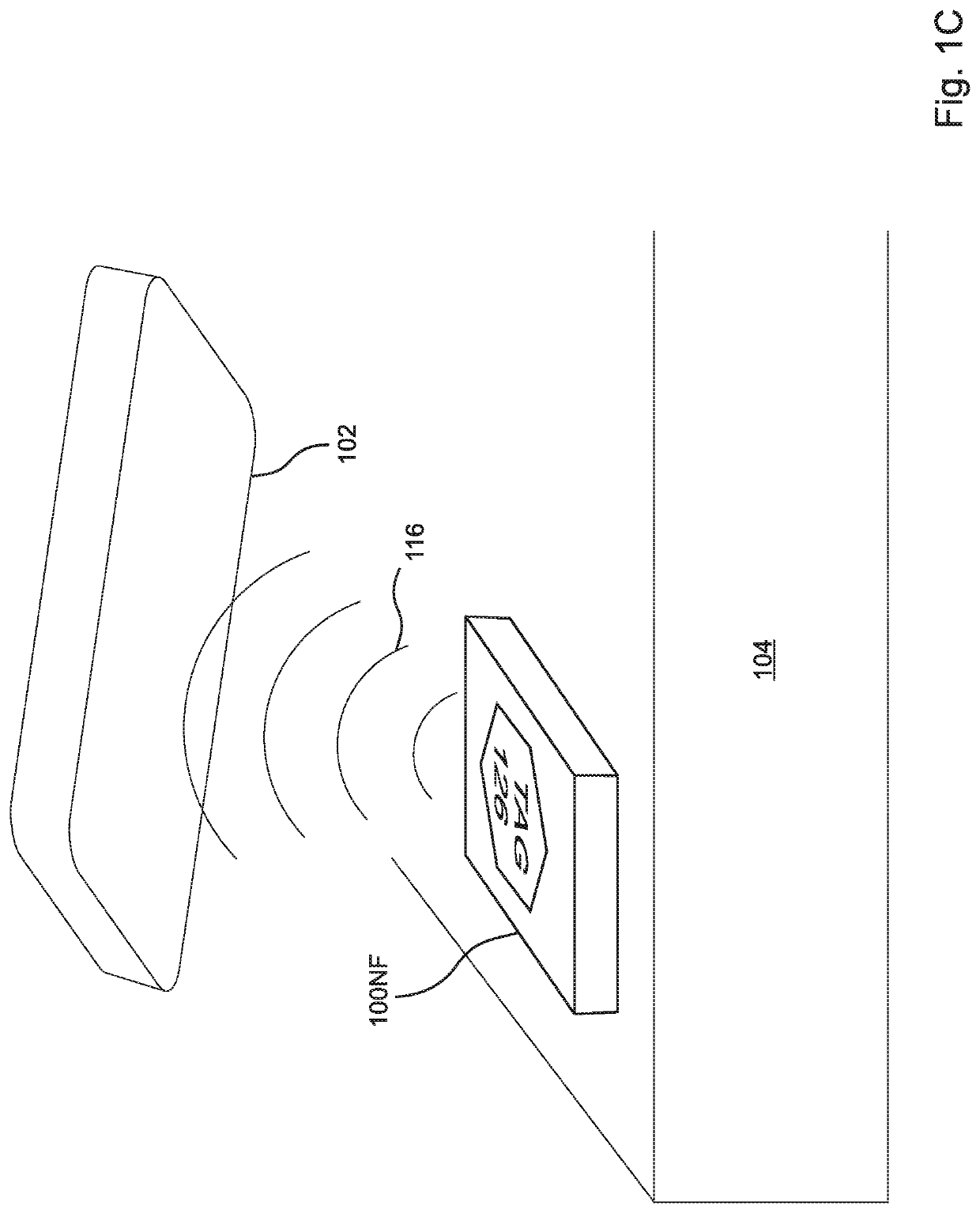Apparatus and method for minimizing direct and indirect cross-contamination of pathogens between personnel within a workplace
a technology of workplace and personnel, applied in the field of apparatus and methods for minimizing cross-contamination of pathogens between personnel within the workplace, can solve the problems that many business activities carried out by employees cannot be excluded, and achieve the effect of ensuring the safety and productivity of the workplace staff, maximizing the effectiveness of contact tracing and other mitigation efforts
- Summary
- Abstract
- Description
- Claims
- Application Information
AI Technical Summary
Benefits of technology
Problems solved by technology
Method used
Image
Examples
Embodiment Construction
[0055]The present invention is an apparatus and method for minimizing the likelihood of both airborne and surface-mediated cross-contamination of pathogens between employees at a workplace, and for maximizing the effectiveness of contact tracing and other mitigation efforts if an infection does occur.
[0056]With reference to FIG. 1A, according to the present invention a majority of the personnel 110 who are present at the workplace, for example at least 80% of the personnel 110, and in embodiments up to 100% of the personnel 110, are required to carry mobile wireless devices 102. The mobile devices 102 are able to interact with “tags”100 that are located at key locations within the workplace, such as desks 104 used by employees. These interactions, or “tapping events,” can include scanning or sensing of tags by the mobile devices and / or scanning or sensing of the mobile devices by tags. The scanning or sensing is generally limited to only short-range detection, so that each tapping e...
PUM
 Login to View More
Login to View More Abstract
Description
Claims
Application Information
 Login to View More
Login to View More - R&D
- Intellectual Property
- Life Sciences
- Materials
- Tech Scout
- Unparalleled Data Quality
- Higher Quality Content
- 60% Fewer Hallucinations
Browse by: Latest US Patents, China's latest patents, Technical Efficacy Thesaurus, Application Domain, Technology Topic, Popular Technical Reports.
© 2025 PatSnap. All rights reserved.Legal|Privacy policy|Modern Slavery Act Transparency Statement|Sitemap|About US| Contact US: help@patsnap.com



